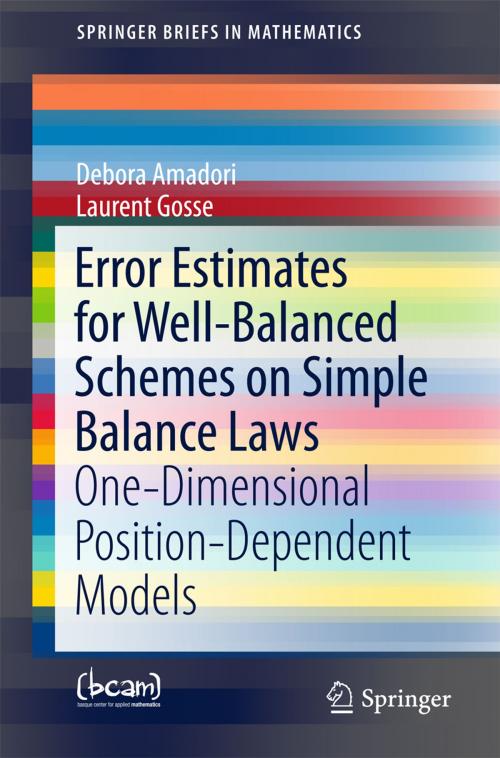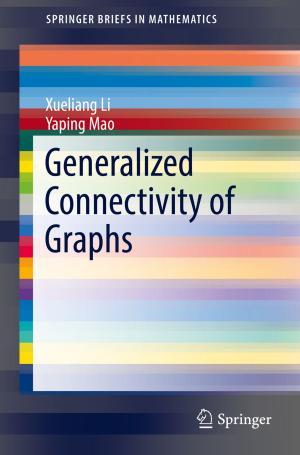Error Estimates for Well-Balanced Schemes on Simple Balance Laws
One-Dimensional Position-Dependent Models
Nonfiction, Science & Nature, Mathematics, Number Systems, Differential Equations| Author: | Debora Amadori, Laurent Gosse | ISBN: | 9783319247854 |
| Publisher: | Springer International Publishing | Publication: | October 23, 2015 |
| Imprint: | Springer | Language: | English |
| Author: | Debora Amadori, Laurent Gosse |
| ISBN: | 9783319247854 |
| Publisher: | Springer International Publishing |
| Publication: | October 23, 2015 |
| Imprint: | Springer |
| Language: | English |
This monograph presents, in an attractive and self-contained form, techniques based on the L1 stability theory derived at the end of the 1990s by A. Bressan, T.-P. Liu and T. Yang that yield original error estimates for so-called well-balanced numerical schemes solving 1D hyperbolic systems of balance laws. Rigorous error estimates are presented for both scalar balance laws and a position-dependent relaxation system, in inertial approximation. Such estimates shed light on why those algorithms based on source terms handled like "local scatterers" can outperform other, more standard, numerical schemes. Two-dimensional Riemann problems for the linear wave equation are also solved, with discussion of the issues raised relating to the treatment of 2D balance laws. All of the material provided in this book is highly relevant for the understanding of well-balanced schemes and will contribute to future improvements.
This monograph presents, in an attractive and self-contained form, techniques based on the L1 stability theory derived at the end of the 1990s by A. Bressan, T.-P. Liu and T. Yang that yield original error estimates for so-called well-balanced numerical schemes solving 1D hyperbolic systems of balance laws. Rigorous error estimates are presented for both scalar balance laws and a position-dependent relaxation system, in inertial approximation. Such estimates shed light on why those algorithms based on source terms handled like "local scatterers" can outperform other, more standard, numerical schemes. Two-dimensional Riemann problems for the linear wave equation are also solved, with discussion of the issues raised relating to the treatment of 2D balance laws. All of the material provided in this book is highly relevant for the understanding of well-balanced schemes and will contribute to future improvements.















